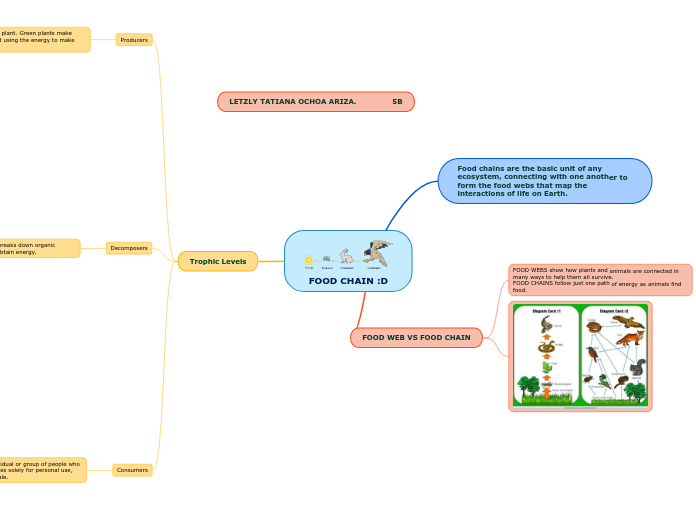Carbohydrates
Major Pathway of Glucose
Absorption
movement of molecules across the gastrointestinal (GI) tract into the circulatory system
Most of the end-products of digestion are absorbed in the small intestinal by four mechanisms for absorption :
facilitative diffusion
endocytosis, and
passive diffusion
active transport
requires energy
classified
polysaccharides
Starch
glycogen
Cellulose
oligosaccharides
Complex carbohydrates
Raffinose
Stachyoses
Verbascose
sugars
Simple carbohydrates
Disaccharides
Maltose
Lactose
Sucrose
Monosaccharides
Mannose
Galactose
Fructose
Glucose
Deoxyribose
Ribose
Carbohydrate Metabolism
Minor Pathways for Glucose oxidation
HMP shunt
a pathway by which pentose phosphate is produced from glucose
Site
Cytoplasm
Major pathway for Glucose oxidation
Citric Acid Cycle
Complete oxidation of acetyl-CoA to 2 molecules of CO2 and generating energy
Functions
Anabolic Function
Catabolic for glucose, fat &proteins
Energy production
All cells that contain mitochondria
Glycolysis
means oxidation of glucose to give pyruvate or lactate
Location
in all cells
GLUCONEOGENESIS
It is synthesis of glucose from non-carbohydrate sources
It occurs mainly in the liver cells and to lesser extent in kidneys
Cytoplasm except for the first step (carboxylation of pyruvate) occurs in the mitochondria.
Glycogenolysis
is the breakdown of glycogen to glucose
Glycogenolysis is inhibited by insulin
Glycogenolysis is activated by glucogon in the liver and epinephrine in muscles
- in the liver and kidneys, glucose-6-phosphate can be hydrolized to glucose
Phosphorylated glucose can’t be absorbed into cells
Glucose-1-phosphate can be converted to glucose-6-phosphate, which can enter glycolysis
The glucose is phosphorylated as it is cleaved from the glycogen to form glucose-1-phosphate
Glycogenesis
is the synthesis of glycogen from glucose-6-phosphate
it does not operate when glycogen stores are full, which means that additional glucose is converted to body fat
it occurs when high levels of glucose-6-phosphate are formed in the first reaction of glycolysis
Glycogen stores are used to keep the blood sugar level steady between meals
Glycogen is a highly branched glucose polymer used for carbohydrate storage in animals
Unavailable carbohydrates are not hydrolyzed by endogenous human enzymes
Available carbohydrates are those that are hydrolyzed by enzymes of the human
In terms of their physiological there are available and unavailable carbohydrates
40-75% of energy intake









